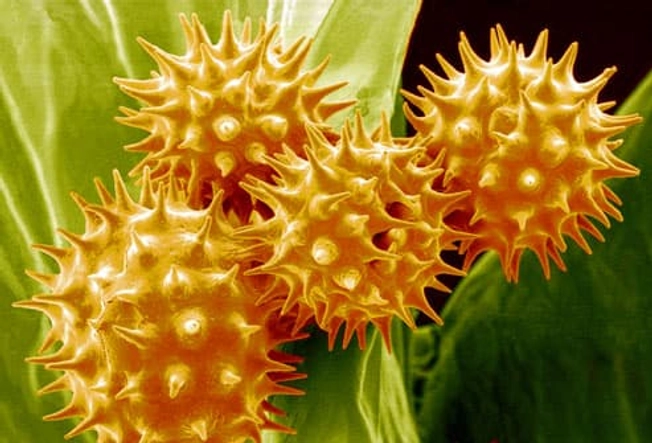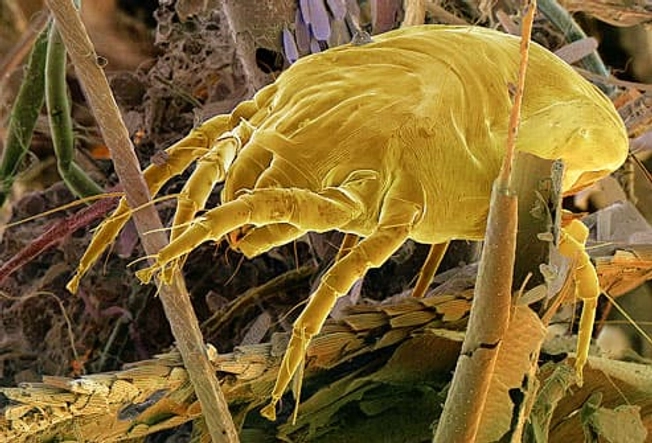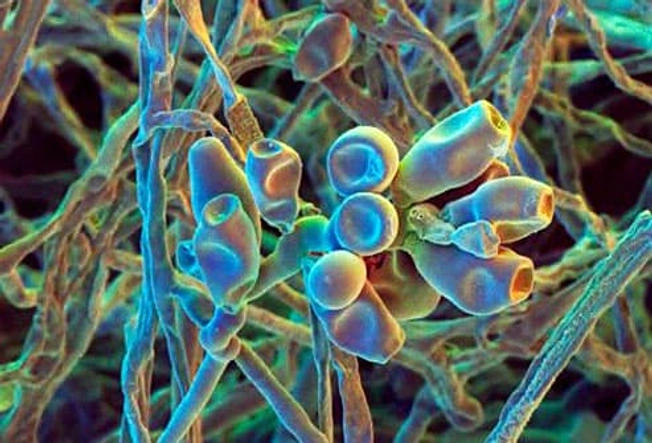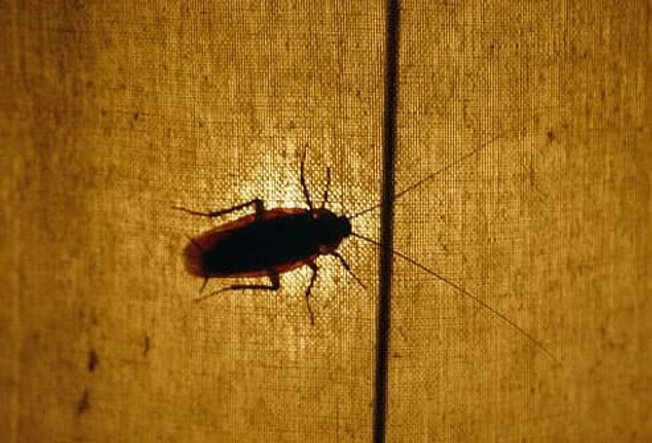- Overview
- Symptoms & Types
- Tests & Diagnosis
- Treatment
- Appointment Prep
- View Full Guide
10 Common Allergy Triggers


1. Your Overactive Immune System
Many things can trigger an allergic reaction. It happens when your body's defenses attack something that's usually harmless, such as pollen, animal dander, or food. The reaction can range from mild and annoying to sudden and life-threatening. In the US, about 30% of all adults and 40% of children have allergies.

2. Pollen
It comes from plants such as grasses, trees, and weeds and can trigger hay fever or seasonal allergies. You might sneeze and have a runny or stuffy nose and itchy, watery eyes. Treat these with over-the-counter products, prescription drugs, and allergy shots. To help prevent symptoms, stay inside on windy days when pollen counts are high, close windows, and run the air conditioning.

3. Animal Dander
You love your pet, but if you're allergic, you react to proteins in their saliva or in their skin's oil glands. It might take 2 years for that to start. Luckily, you may still be able to live with them. Make your bedroom a pet-free zone, opt for bare floors and washable rugs instead of carpets, and bathe them regularly. A HEPA filter and allergy shots may help, too.

4. Dust Mites
These tiny bugs live in bedding, mattresses, upholstery, carpets, and curtains. They feed on dead skin cells from people and pets, as well as on pollen, bacteria, and fungi. They thrive in high humidity. To cut down on problems, use hypoallergenic pillows, cover mattresses, pillows, and box springs, and wash sheets weekly in hot water. Keep the house free of dust-collecting items such as stuffed animals, curtains, and carpet.

5. Insect Stings
These could cause swelling and redness that may last a week or more. You might feel sick to your stomach and tired and have a low fever. In rare cases, insect bites trigger a reaction that can be life-threatening, called anaphylaxis. If you're severely allergic, you'll need medicine called epinephrine right away. Your doctor may recommend allergy shots to prevent reactions.

6. Mold
It needs moisture to grow. You can find it in damp places such as basements or bathrooms, as well as in grass or mulch. Since breathing in mold spores can set off an allergic reaction, avoid activities that could trigger symptoms, such as raking leaves. Get air moving in moist areas of your home.

7. Food
Milk, shellfish, eggs, and nuts are among the most common foods that cause allergies. Others include wheat, soy, and fish. Within minutes of eating something you're allergic to, you could have trouble breathing and get hives, vomiting, diarrhea, and swelling around your mouth. If your reaction is severe, you will need emergency medical help. So call 911, and use your epinepherine pen if you were prescribed one.

8. Latex
Found in some disposable gloves, condoms, and medical devices, latex can trigger a reaction ranging from itchy, red skin to anaphylaxis with trouble breathing. Symptoms can include a rash or hives, eye irritation, runny or itchy nose, sneezing, and wheezing. If you’re allergic, wear a medical alert bracelet and carry an epinephrine kit if you were prescribed one.

9. Medication
Penicillin, aspirin, and other drugs can cause hives, itchy eyes, stuffiness, and swelling in your face, mouth, and throat. If you're allergic to a drug, it's best to not take it. Your doctor can talk to you about other medicine options or treatments that may allow you to take a medicine if it's necessary.

10. Cockroaches
A protein in their droppings can be a trigger. Roaches can be tough to get rid of, especially in a warm climate or if you live in an apartment building where they can move back and forth between neighbors. Treat them with bug killer, and keep a clean kitchen. Repair cracks and holes in floors, walls, and windows to keep them out of your home.